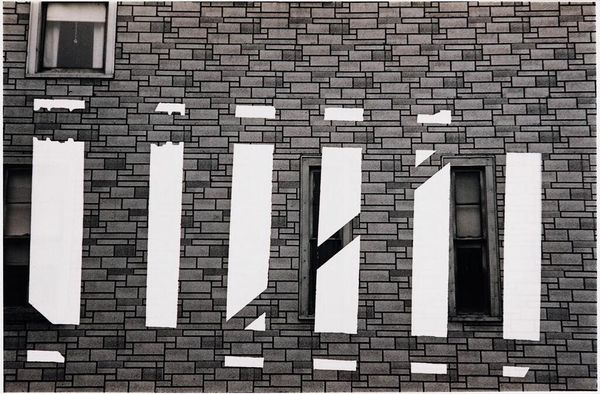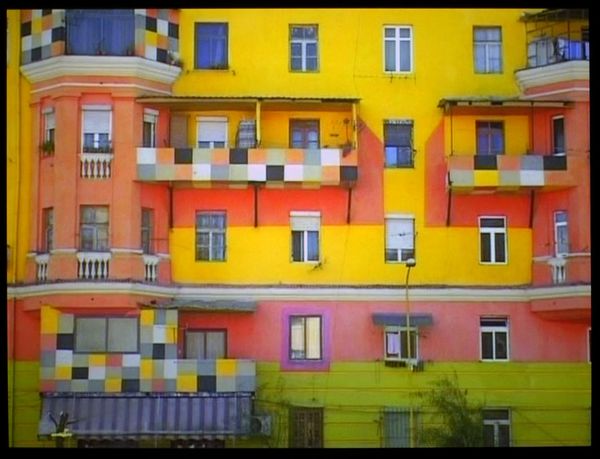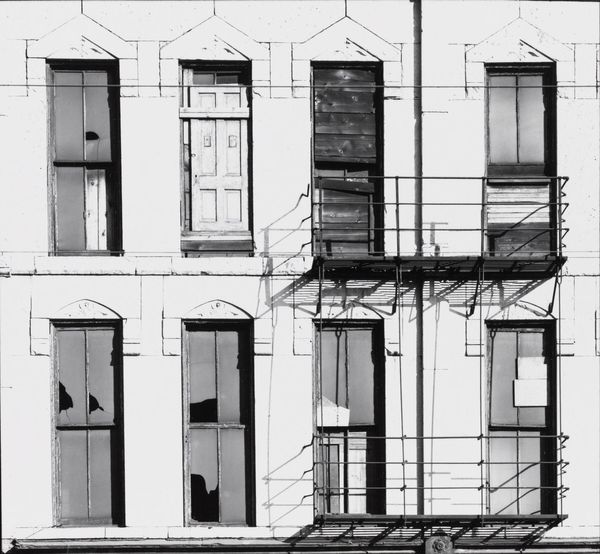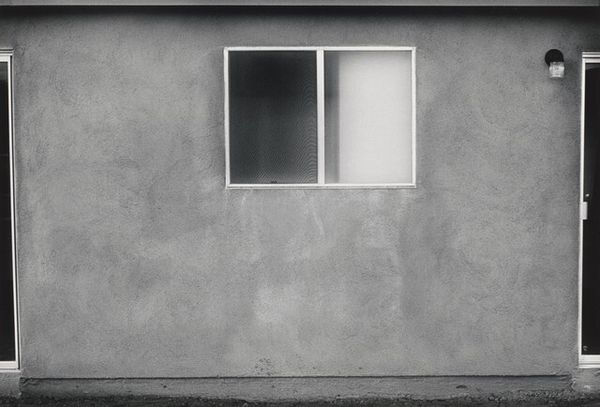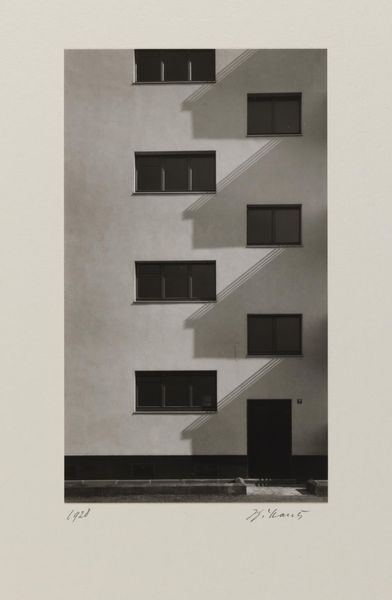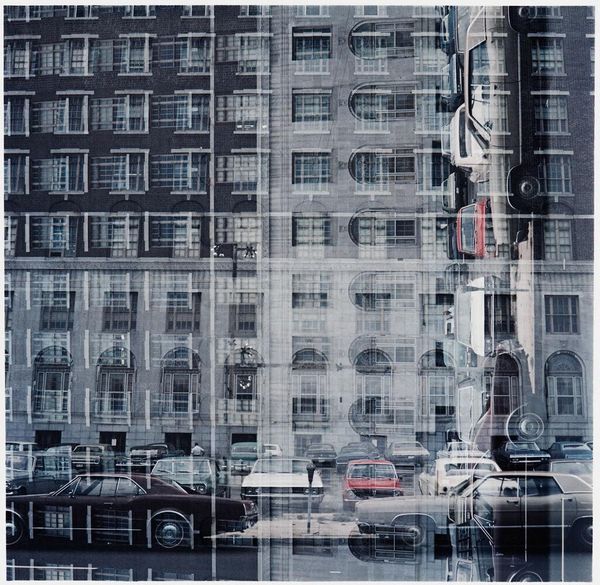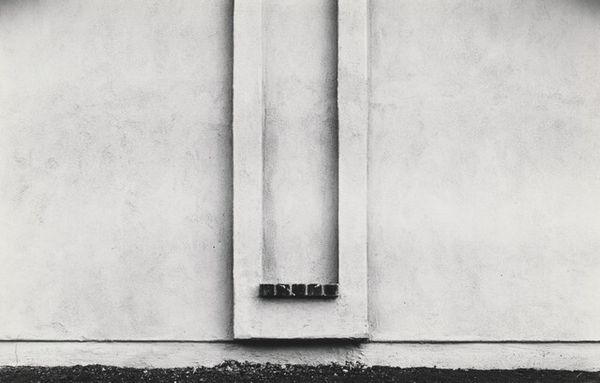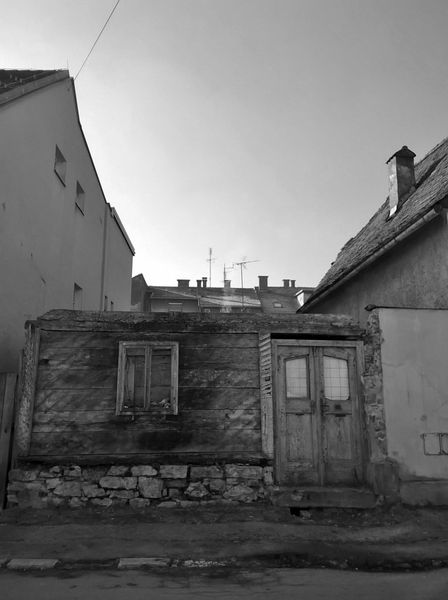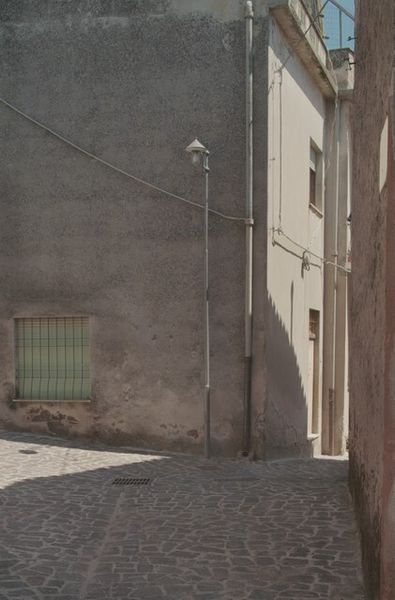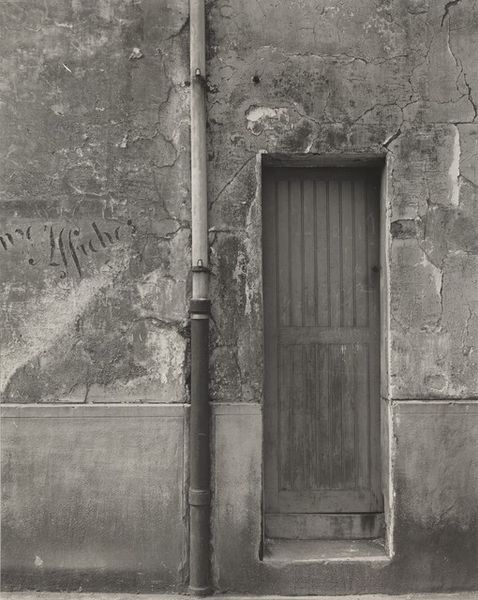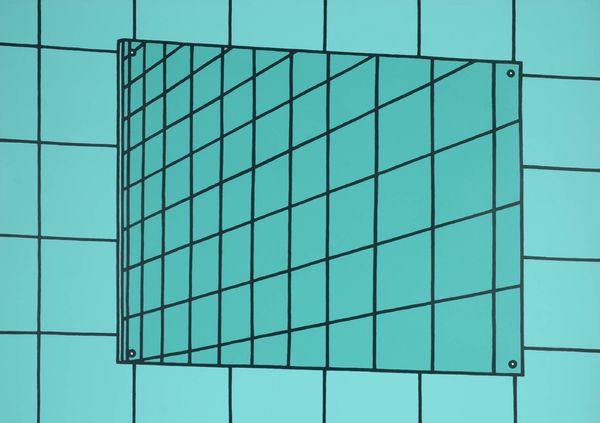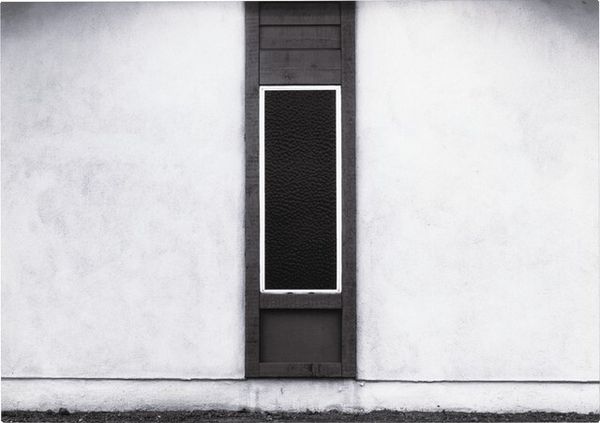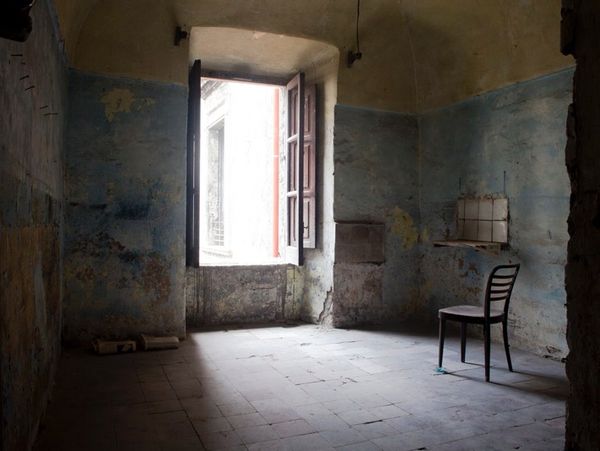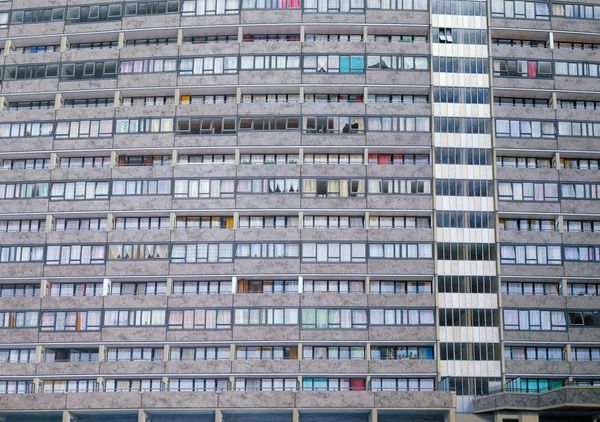
photography, site-specific, installation-art
#
conceptual-art
#
appropriation
#
photography
#
geometric
#
site-specific
#
installation-art
#
digital-art
#
modernism
Copyright: Ayse Erkmen,Fair Use
Editor: Here we have Ayse Erkmen's "Am Haus," a site-specific installation from 1994, documented here through photography. The grid-like pattern of windows, each accompanied by what looks like digitally printed text, creates an unusual rhythm across the building's facade. It feels both playful and unsettling. What do you see in this piece? Curator: The interest, from a formalist perspective, resides precisely in that interplay of rhythm and disruption. Consider the façade itself: a grid, a regular structure. Erkmen superimposes another layer of order through the placement of these words, but the irregularity of the words themselves fractures this imposed system. Note the typographic qualities, how the uniformity of the font contrasts with the seeming nonsense of the phrases. Editor: Nonsense? They appear to be conjugated suffixes in Turkish… does that add to the formal elements you're observing? Curator: Intriguing! Regardless of semantic comprehension, the visual impact stems from this fracturing of a structured system. Consider the tension created between the inherent geometry of the building and the linguistic additions. It’s a disruption, almost a visual rebellion. Editor: So, the form, for you, takes precedence over the linguistic content? Curator: Precisely. The medium – the digital text and photographic reproduction – reinforces this idea. It is about the materiality of the piece, not the legibility of the text, but its ability to activate the architecture. How it invites new patterns of seeing the space. Editor: I initially saw it as visually appealing, but now I recognize those contrasting layers. It's interesting how those visual and textual fragments are intentionally positioned. Thank you. Curator: A formal assessment can uncover deeper qualities often missed. A piece like this, without some close structural interrogation, can be quickly glanced over as interesting, without ever being understood.
Comments
No comments
Be the first to comment and join the conversation on the ultimate creative platform.
